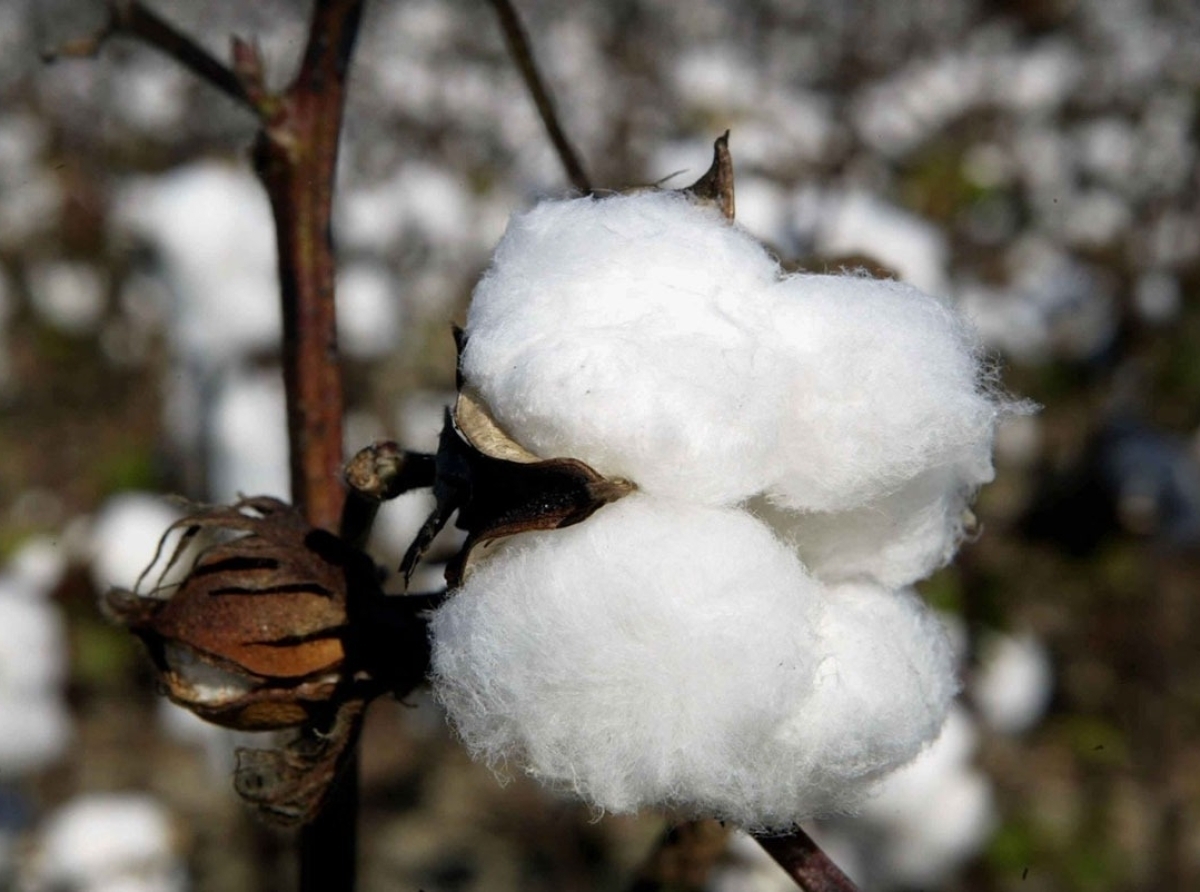18 June 2022, Mumbai:
A general overview
The textile sector in India is the second biggest employer, employing about 100 million people directly and indirectly.
As per the ResearchGate report, "The domestic textiles and apparel industry contribute 2% to India's GDP, 7% of industry output in value terms, and 12% of the country's export earnings".
As a result, it is critical to discuss the facts on the adverse effects of the lockdown on the textile sector and India's economy. Each crisis, however, brings about structural adjustments and opportunities.
_large.jpeg)
With its old skills and cultural traditions, the Indian textile industry is one of the most distinctive in the world. India's textile industry, worth almost $140 billion in 2017, is expected to be worth more than US$ 209 billion by 2029.
The sector suffered a significant downturn due to the pandemic. Still, as the outbreak fades, the Indian textile market is expected to rebound and develop at a 10% CAGR from 2019 to 2026, reaching US$ 190 billion.
The nation's textile sector has significantly contributed to the economy. The industry generated 7% of the sector's production in 2019. Cotton, handloom, yarn goods, and other exports soared by more than 50% in June.

ALSO READ How Favourable Is Rupee's Precipitous Fall For Indian Textile Sector
The sector has attracted FDI and several other investments in the previous five years. The ICIL announced an investment of $2.6 million in May 2021. Under the automated way, the Indian government has permitted 100 percent automation.
Many additional investments from FBB (Fashion at Big Bazaar), Raymond, Max Fashion, and others, as well as initiatives like the Scheme for Capital Building (SCBTS) and Production-linked Incentive (PLI), are assisting in the industry's growth and exports. By 2025, India's textile sector will attract US$ 120 billion in investments and grow product exports to US$ 300 billion.
RELEVANT NEWS Removal of cotton imports duty failed to benefit spinning & composite textile mills
By 2025, India is expected to be the second most attractive market, contributing up to US$ 121 billion, while China is expected to be the most attractive market contributor, contributing US$ 378 billion.
With a GDP growth rate of 7.2 percent in 2017-2018, India is one of the fastest-growing countries in the world. This increases people's spending power and increases demand for textile sector products.
2_large.jpeg)
RELEVANT NEWS Piyush Goyal: Indian Textiles gets a boost out of Australia & UAE Trade Agreements
This increase in capacity results in a greater variety of items that may be shipped inside India and beyond the world.
Like the rest of the globe, India is still reeling from the COVID-19 crisis at a breakneck pace. In India, the virus has infected about 2,836,925 persons and killed 53,866 people since August 20, 2020. The global estimates for those infected and who died from the virus are 22.41 million and 787,701, respectively.
RELEVANT NEWS Piyush Goyal: PLIs will help us create global champions
These data help us grasp the intensity of this epidemic, which, while not the first to strike humanity, is one of the worst in terms of its impact on the socio-economic landscape of India and the entire globe, given the increased global interconnection among different countries.

RELEVANT NEWS Piyush Goyal: Holds meeting with the newly constituted Textile Advisory Group
Reality Check
The employment and salary circumstances of Indian textile sector employees are deteriorating due to decreased output and global sales. Factory closures and wage arrears are likely the greatest danger to textile workers' socioeconomic well-being.
In addition, the industry employs a large number of women. As a result, considering its relevance for women's empowerment, the government could ill afford to ignore it from the standpoint of socioeconomic welfare.

In Summary
As per KPMG report," China and India are major raw material suppliers to all the key textiles and apparel manufacturing hubs across the world and are thus indirectly influencing, to various degrees, the overall industrial growth of these economies".
-apparel-industry_large.jpg)
Join our community on Linkedin

_large.jpeg)























